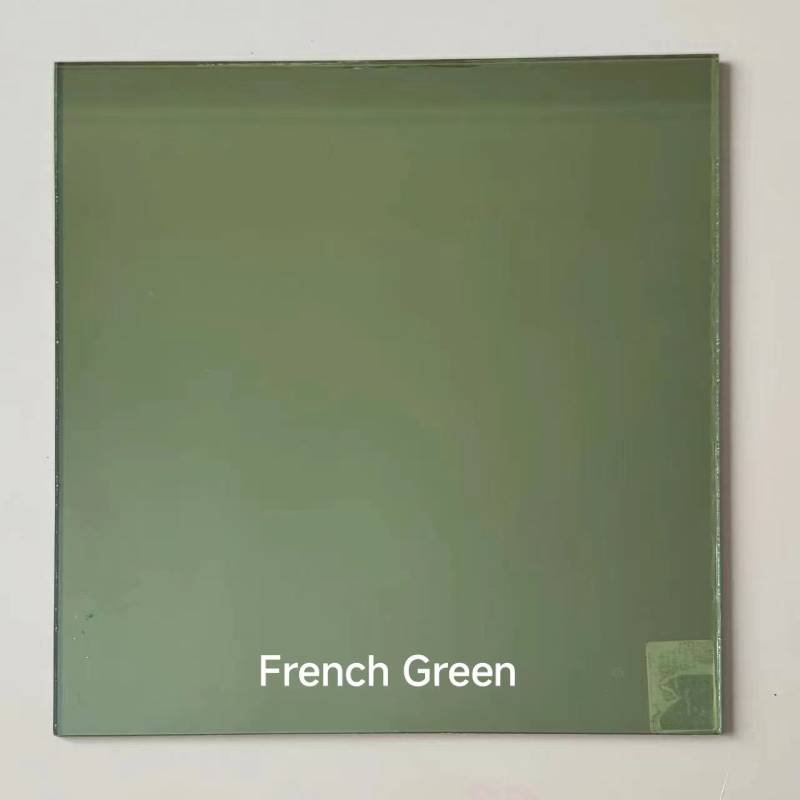

The Surfaces of Reflection Understanding Silvered Mirrors
In the world of optics, one of the most remarkable inventions is the silvered mirror. These mirrors have a unique structure that allows them to reflect light with high efficiency, making them indispensable in numerous applications, from everyday household mirrors to sophisticated scientific instruments. To understand the significance of silvered mirrors, we must delve into their construction, functionality, and various uses, while also exploring the underlying physical principles that govern their operation.
Construction of Silvered Mirrors
The traditional silvered mirror consists of a thin layer of silver deposited onto a glass substrate. The process typically begins with the selection of high-quality glass, which serves as the base material. The glass must be smooth and clear to ensure that the reflection produced is as undistorted as possible. Once the glass has been prepared, a chemical or physical process is used to deposit a thin layer of silver onto the surface of the glass.
This deposition can be achieved through various methods, with one of the most common being the chemical reduction of silver nitrate. In this method, the silver ions in a solution are reduced and deposited onto the glass surface, forming a reflective coating. The thickness of the silver layer is crucial; it must be just right to provide optimal reflection without compromising transparency. Once the silver layer is applied, a protective coating, often made of paint or lacquer, is added to safeguard the delicate silver from tarnishing due to exposure to air and moisture.
Functionality of Silvered Mirrors
At its core, the functionality of a silvered mirror hinges on the principles of light reflection. When light rays hit the silvered surface of the mirror, they bounce back, resulting in the formation of a clear image. The layer of silver effectively reflects nearly all visible light wavelengths, making these mirrors exceptionally efficient. Unlike other materials that absorb light or scatter it in various directions, a properly constructed silvered mirror reflects light in a coherent and direct manner.
One of the unique characteristics of silvered mirrors is their ability to reflect nearly all colors of light equally, which is why images seen in these mirrors appear life-like and true to color. This high level of reflectivity is what makes silvered mirrors ideal for applications where image accuracy matters, such as in optical devices, telescopes, and cameras, as well as in theatrical lighting and makeup applications.

Diverse Applications
Silvered mirrors serve a myriad of functions in our daily lives and various industries. In homes, they are commonly found in bathrooms, dressing rooms, and hallways, providing essential reflections for grooming and styling. In the automotive industry, mirrors provide critical visibility for drivers, enhancing safety on the roads.
In the realm of science, silvered mirrors play vital roles in telescopes and other optical instruments. Their ability to reflect light without significant loss makes them invaluable for astronomers seeking to observe distant celestial bodies. Moreover, in laboratory environments, silvered mirrors are used in laser setups where precision is paramount.
Culturally, mirrors have long been objects of fascination and symbolism. Beyond their functional role, they often represent self-reflection, truth, and even vanity in literature and art. From the ornate hand-held mirrors of the past to sleek, modern designs, the aesthetic aspect of mirrors also contributes to their enduring appeal.
The Evolution and Future of Silvered Mirrors
Throughout history, the technology behind silvered mirrors has evolved. Early mirrors were made from polished metal surfaces, but with the discovery of glass and the process of silvering, the quality and effectiveness of mirrors improved dramatically. Today, advancements in materials science are leading to innovative finishes and coatings that enhance the performance of silvered mirrors even further.
The demand for high-quality reflective surfaces continues to grow, particularly in the fields of renewable energy and advanced imaging technologies. Researchers are exploring new materials and techniques that may replace traditional silvering methods, aimed at improving both efficiency and sustainability.
In conclusion, silvered mirrors are much more than mere reflectors; they are a blend of art and science. Their construction, functionality, and diverse applications highlight their importance in our lives. As technology advances, the silvered mirror will undoubtedly continue to inspire and evolve, reflecting not only our images but also the innovative spirit of humanity.